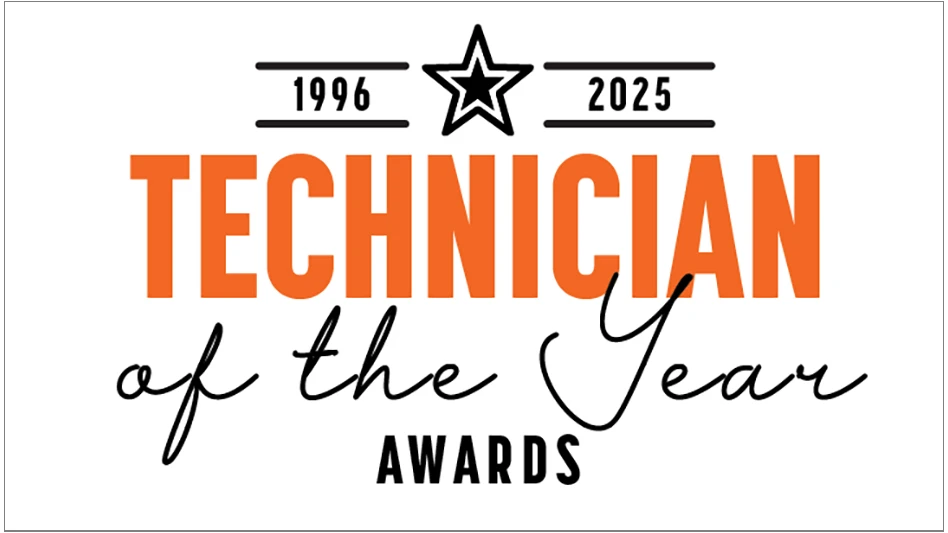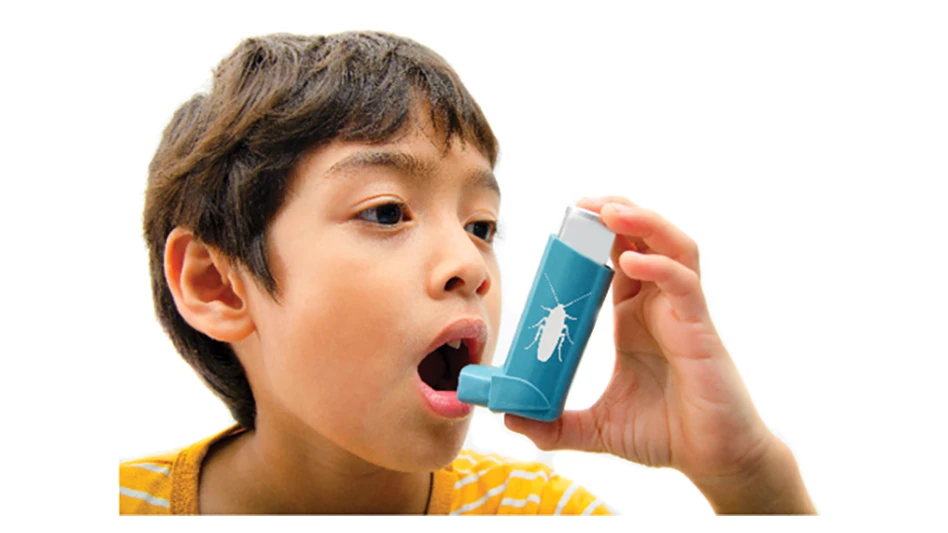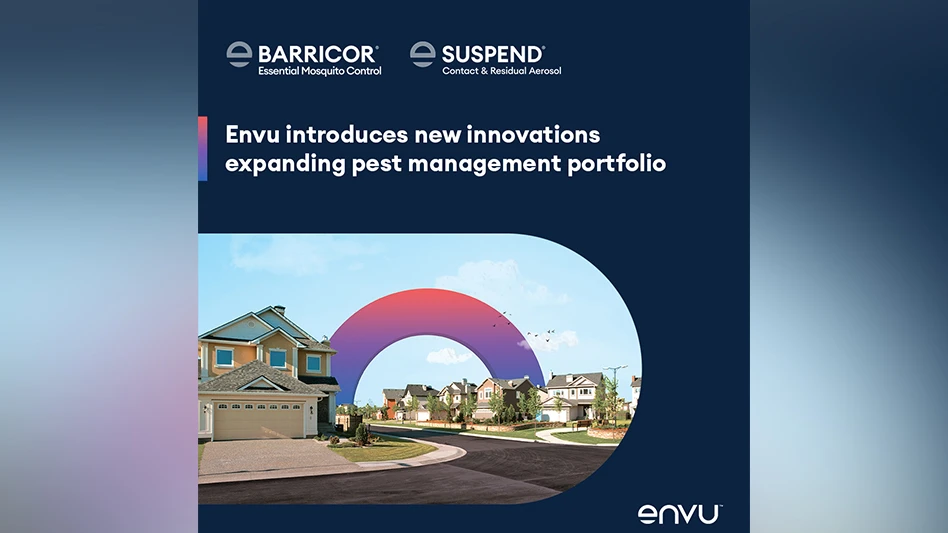 It’s tough to say which we Americans cherish more: our food or our convenient lifestyles. Thanks to enterprising food-service operators, now we don’t have to choose. Over the past several years, restaurants — especially restaurant chains — have committed to keeping their doors open longer. These extended hours, often around the clock, give us the opportunity to indulge whenever a craving hits. Is this a great country or what?
It’s tough to say which we Americans cherish more: our food or our convenient lifestyles. Thanks to enterprising food-service operators, now we don’t have to choose. Over the past several years, restaurants — especially restaurant chains — have committed to keeping their doors open longer. These extended hours, often around the clock, give us the opportunity to indulge whenever a craving hits. Is this a great country or what?
But wait — if customers are in restaurants all night long, when are PMPs supposed to get at the pests? Our industry lives by the label, and if the label says not to use a particular product when a restaurant is in operation or when food is exposed, no self-respecting PMP is going to challenge that directive. So how do you treat 24/7 or extended-hour operations? Is it all about IPM, or can you mix in a few select products to power up your treatment program? Do you need to offer your team specialized training? What role does the customer play?
Here’s the approach recommended by some of the pest management companies enjoying success treating 24/7 operations.
1. Assess the Challenges
The obvious challenges in treating 24/7 operations are the constant presence of customers and food and the limitations of labels. As you dig deeper, other hurdles come into play.
Case in point: the inspection. Your initial inspection is critical to uncovering and measuring existing pest issues as well as identifying vulnerabilities. Having the facility in operation during this getting-to-know-you phase is less than ideal.
“Hot grills and stoves are not conducive to a thorough inspection. You don’t have access to all of the cracks and crevices you need to see to familiarize yourself with the facility,” says Judy Black, vice president of technical services for Steritech’s pest prevention business. “When we take on a new restaurant account, we ask them to shut down for that initial inspection and treatment. Appreciating that they can’t stay closed for long, we bring in a full team to optimize our efficiency. Once we explain that this brief shutdown will pay off in more effective treatment, managers are quick to comply.”
Action Pest Control Technical Director Scott Robbins shares a similar concern. “When equipment is on non-stop because chefs are working on the cooking line 24 hours a day, sanitation can become a serious issue. Rapid sanitation is key, and although newer equipment is designed for rapid cleaning, many restaurants are hamstrung by older design,” he says. “As a PMP, you need to be very aware of these conditions — conditions that encourage pest activity — and plan your treatment program accordingly.”
2. Make Restaurant Staff Part of Your Team
On the flip side of challenges are, generally, opportunities. Treating a 24/7 operation is no different. Embrace the opportunity presented: Whenever a representative of your company arrives on the scene, people — the restaurant manager, employees or both — are there to explain firsthand where and when they have seen pests. This contact is critical to treatment success, because IPM is going to be key to this program, and these folks are your front-line offense when it comes to maintaining high sanitation standards and minimizing or eliminating harborage areas.
“Building a relationship with your customers is vital to each program’s success, so keep the lines of communication open,” advises Robbins. “They can tell you what they have experienced in the way of pest activity, and you can make them aware of sanitation issues they need to address each day. Set the customer’s expectations, helping them understand why their cooperation is necessary to a positive outcome.”
In the ideal situation, customers become so engaged in the pest management process that they agree to, or even request, training for their employees. Robbins says that, although Action Pest has historically used an IPM protocol in restaurants, customers — particularly franchisees — are much more open to the idea of employee training today. “We typically spend an hour annually with the management team, explaining why we can’t use certain products and how IPM works. We tell them what to look for in terms of trouble spots and detail the efforts they can take to improve sanitation and limit harborage.”
3. Choose Your Weapons Wisely
Once you have a good sense of the challenges at hand, it’s time to pack your tool bag. What goes in? What stays out? The latter is the easier question: Any pesticide not labeled for use in or around food and people stays out. The harder question: What goes in? PMPs resoundingly choose IPM solutions, supplemented by chemicals only as needed.
Bern Wendell, manager of training and education at Arrow Exterminating Company, Lynbrook, N.Y., suggests gearing up with every IPM strategy you have up your sleeve. “IPM is the best way to approach every account — not just 24/7 businesses,” he says. His firm’s technicians always begin with comprehensive inspections, and Arrow arms technicians with glue traps, snap traps, fly swatters, caulking and screening. “If a serious infestation requires chemical application, we still start with IPM. We positively identify the pest, choose a time that the customers’ business is relatively calm, and send in a team of two or three technicians. They vacuum everything during the initial inspection and then eliminate food, water or harborage (including caulking cracks and crevices) that’s supporting the pest. Finally, when choosing a pesticide, we start with baits, keeping them out of sight, and use nonpoisonous materials like diatomaceous earth and silica gel as control agents.”
Black agrees with the IPM-first approach. “Find out where the cockroaches, or whatever pest you’re managing, are coming in. Important areas to focus on are the entry points of goods and the personal items employees bring in with them every day,” she advises. “Help the restaurant put strict policies into place as to where personal items should be stored and how incoming goods should be received. Recommend a holding period in the main storage area that is long enough for any pests that might be traveling in on the goods to be discovered before the goods are brought out to server stations or bars.”
As you choose the chemical weapons in your 24/7 arsenal, do your homework by reading the product labels, and get rid of anything that can’t be used safely around customers, food or food preparation stations. Then check with your distributors and manufacturers to see if there are any additional products you could be using with these customers.
“Baits are the primary product PMPs are using now in these specialty accounts, because they don’t present the negative issues sprays or dusts can,” explains Gene White, director of education and training at Rose Pest Solutions. “Remember, too, that food pests are often invaders, which means you can prevent them from coming in by treating outdoors, where you have much more leeway on the types of products you can use.”
4. Train Your Technicians
As IPM continues to grow in importance to the everyday service of most pest management companies, specialized training for 24/7 accounts becomes less of a need. “Our technicians are trained in sound IPM principles when they join Rose, so it’s not a departure for them to practice IPM in a 24/7 restaurant operation,” explains White. “Still, every account is unique, so sometimes we do provide special training around the unique needs of an account. Also, some larger chain accounts request that our technicians who service their account earn specific service certifications.”
Wendell incorporates the 24/7 situation into his IPM training program for the technicians of Arrow: “I conduct a session on brainstorming IPM tools. I give the class a blank sheet of paper with numbers from 1 to 30, and we fill it in with IPM tools in a dynamic exercise. Then I identify a specific customer — a 24/7 restaurant, for example — and we brainstorm appropriate IPM tools. New techs are great in that they have few limitations in their creative ideas.”
Sponsored Content
Still relying on manual sorters?
Let AI do the heavy lifting. Waste Robotics delivers reliable, high-performance robots tailored for complex waste streams. They require minimal maintenance, are easy to operate, and are designed to boost your recovery rates. Smarter sorting starts with the right partner. Waste Expo Booth #1969 & REMA #2843
Click here to see our robots in action!Sponsored Content
Still relying on manual sorters?
Let AI do the heavy lifting. Waste Robotics delivers reliable, high-performance robots tailored for complex waste streams. They require minimal maintenance, are easy to operate, and are designed to boost your recovery rates. Smarter sorting starts with the right partner. Waste Expo Booth #1969 & REMA #2843
Click here to see our robots in action!Sponsored Content
Still relying on manual sorters?
Let AI do the heavy lifting. Waste Robotics delivers reliable, high-performance robots tailored for complex waste streams. They require minimal maintenance, are easy to operate, and are designed to boost your recovery rates. Smarter sorting starts with the right partner. Waste Expo Booth #1969 & REMA #2843
Click here to see our robots in action!Sponsored Content
Still relying on manual sorters?
Let AI do the heavy lifting. Waste Robotics delivers reliable, high-performance robots tailored for complex waste streams. They require minimal maintenance, are easy to operate, and are designed to boost your recovery rates. Smarter sorting starts with the right partner. Waste Expo Booth #1969 & REMA #2843
Click here to see our robots in action!Sponsored Content
Still relying on manual sorters?
Let AI do the heavy lifting. Waste Robotics delivers reliable, high-performance robots tailored for complex waste streams. They require minimal maintenance, are easy to operate, and are designed to boost your recovery rates. Smarter sorting starts with the right partner. Waste Expo Booth #1969 & REMA #2843
Click here to see our robots in action!Sponsored Content
Still relying on manual sorters?
Let AI do the heavy lifting. Waste Robotics delivers reliable, high-performance robots tailored for complex waste streams. They require minimal maintenance, are easy to operate, and are designed to boost your recovery rates. Smarter sorting starts with the right partner. Waste Expo Booth #1969 & REMA #2843
Click here to see our robots in action!
5. Time Your Treatments
The final critical step in getting 24/7 service right is to find the sweet spot in timing for your customer. You don’t want to treat when the place is buzzing with activity. Choose a slow time, when customers aren’t so plentiful and employees aren’t too busy to fill you in on the latest pest action.
“Again, communication with your customers is key,” says White. “Clearly, you would like to be treating while you have some daylight, but you need to be respectful of your clients and their customers when you’re scheduling the service.”
Don’t necessarily shun the shutdown either, says Robbins. “On the rare occasion when an infestation gets out of hand and you know you need to get more aggressive in your applications, ask if the manager is willing to close after hours to enable you to use products that cannot be applied when food or food preparation surfaces are exposed,” he says. “It’s definitely your last resort, and if your customer understands that, he or she is likely to cooperate. A good open relationship with district or regional management is also important, in the event the store-level management is slow to react. Remember, too, to clearly document whose responsibility it is to prepare for and clean up after an application like a fogging.”
The author is a frequent contributor to PCT magazine. She can be reached at ddefranco@giemedia.com.
Get curated news on YOUR industry.
Enter your email to receive our newsletters.

Explore the December 2012 Issue
Check out more from this issue and find your next story to read.
Latest from Pest Control Technology
- How to Get Rid of Odorous House Ants
- Massey Services Promotes Herndon to Director of Sales for Multi-Family Division
- NPMA Announces First Recipients of NPMA PRO Certified Credential
- Pestmaster of the Hudson Valley Acquires Catskill Animal Damage Control
- Photo Slideshow: Ant Identification Tips
- Video: Top 10 PCT Photo Contest Finalists
- UF/IFAS Study Reveals Boats as Perfect Vessels for Global Termite Spread
- Pest Control Consultants (Iowa) Earns Pinnacle Performance Award






